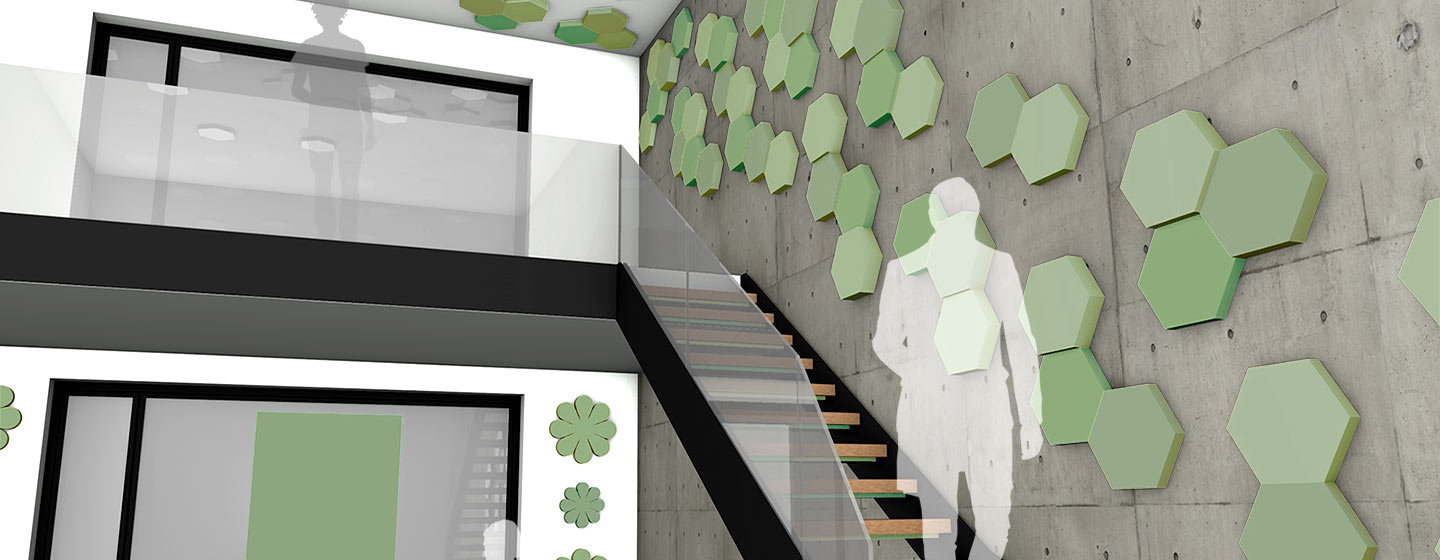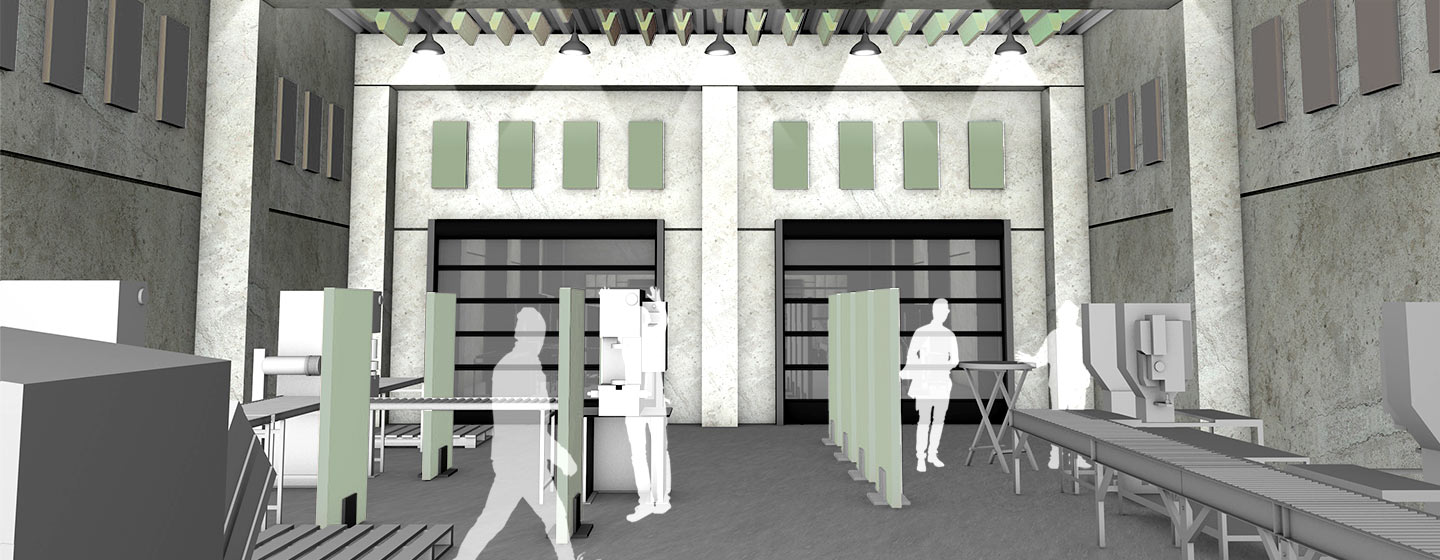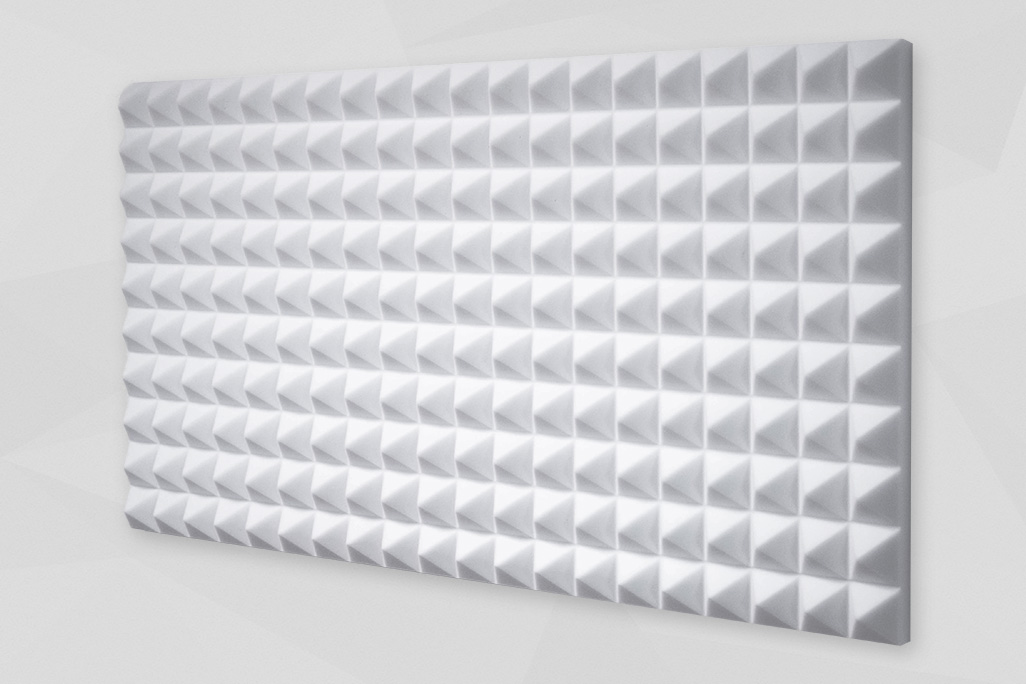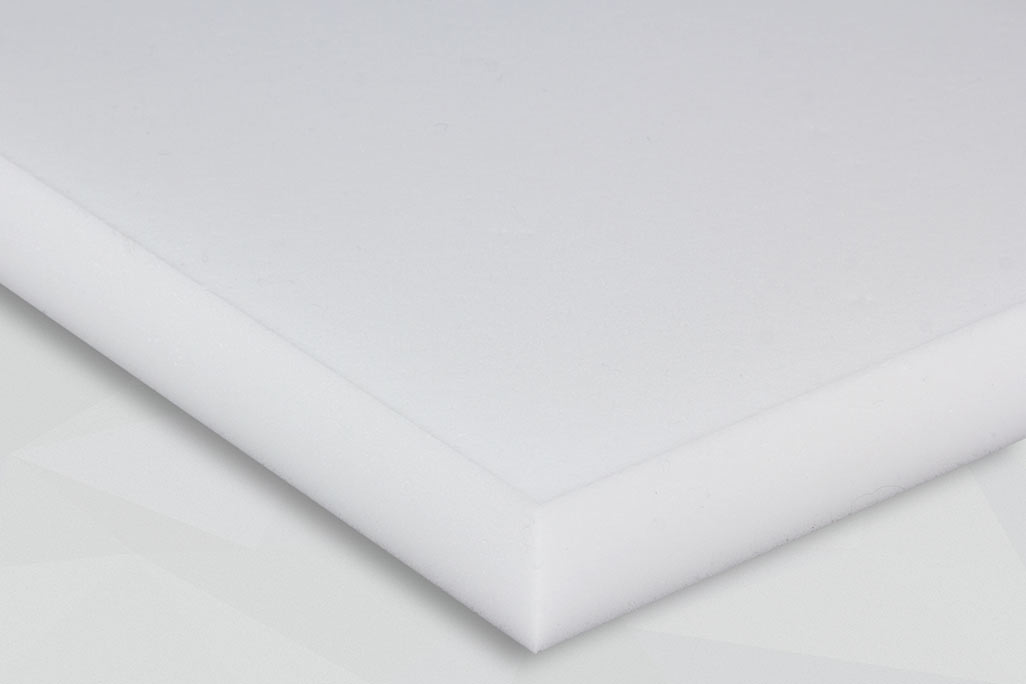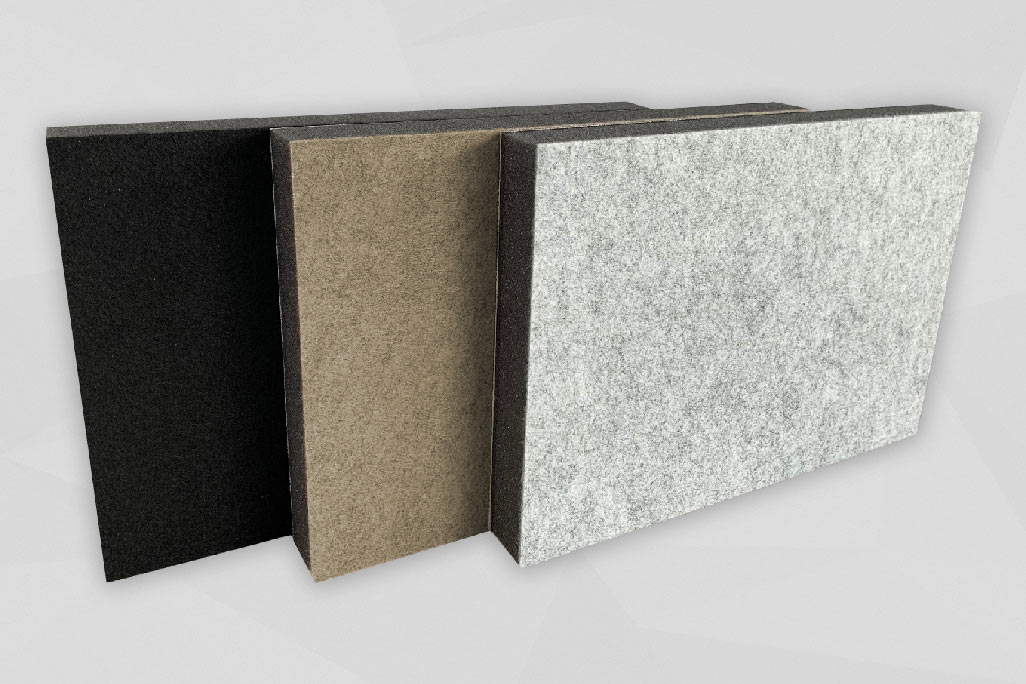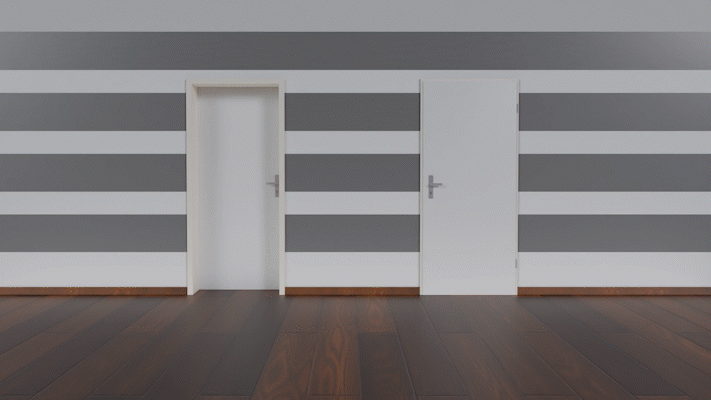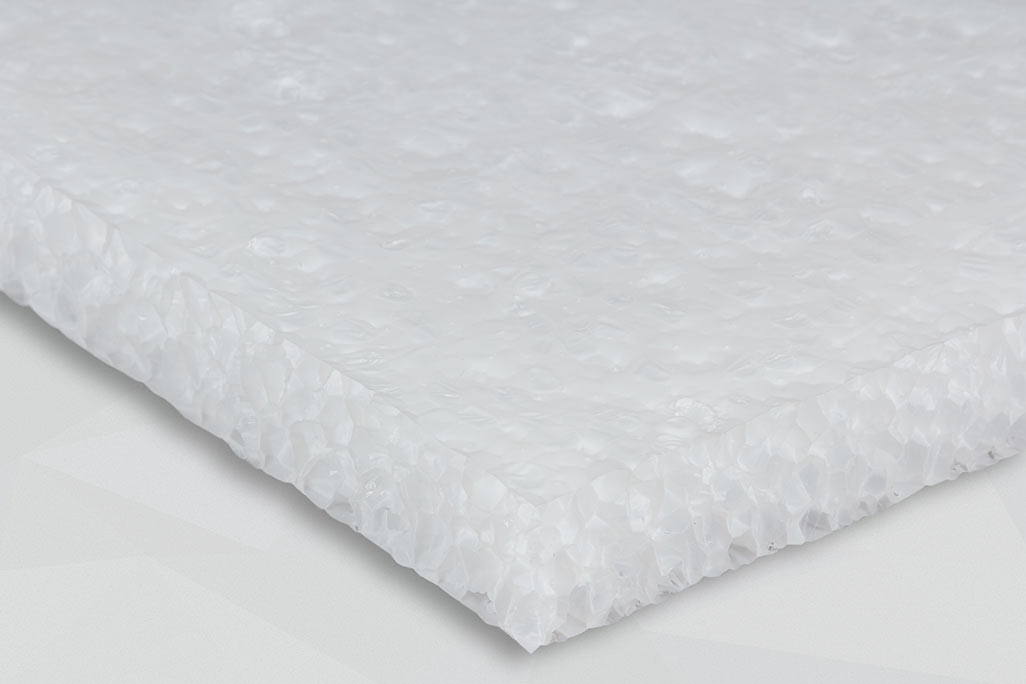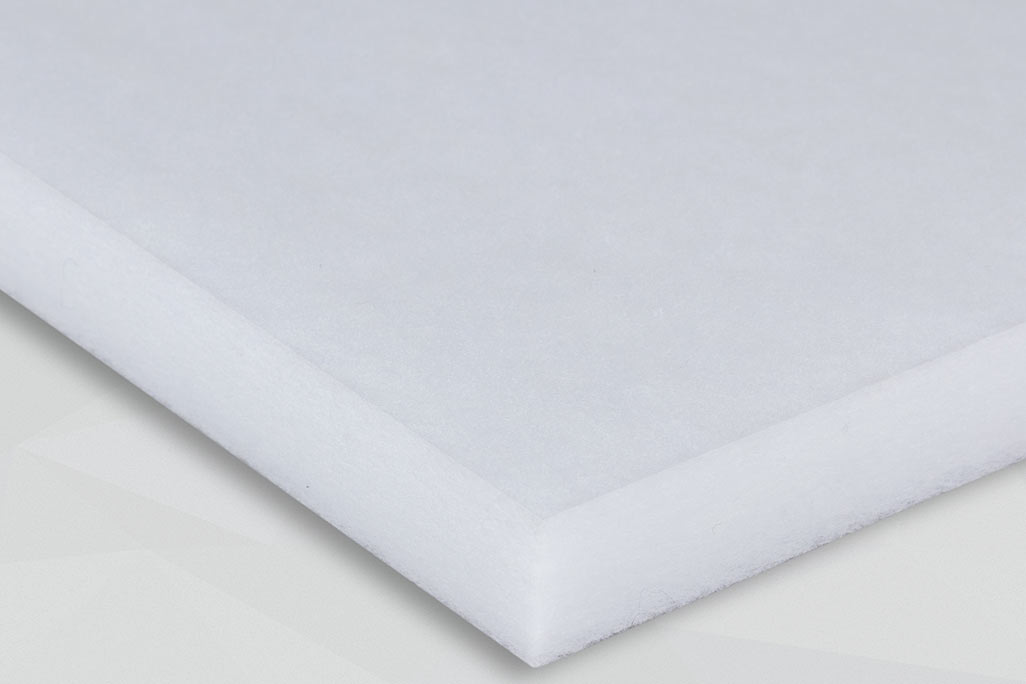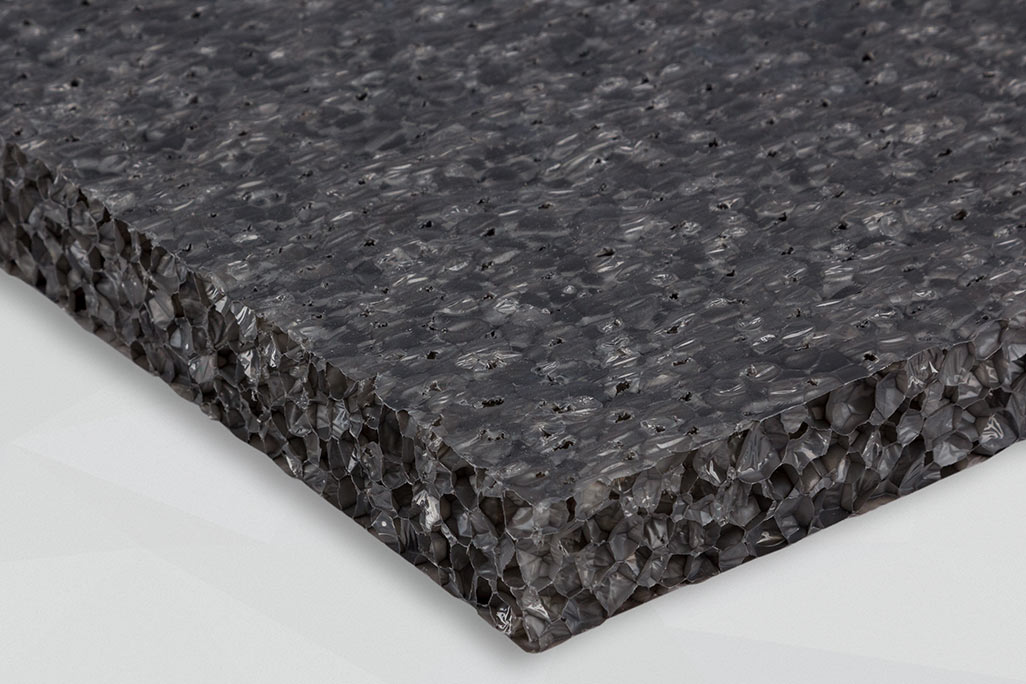
How to soundproof your recording studio
The quality of audio recordings is significantly impacted by the acoustic conditions in the recording studio and the sound-insulation and sound-attenuation measures implemented there. Without sound-absorbing materials, disruptive reverberating noises or echoes occur as sound waves are reflected back from the walls. Sound-absorbing materials absorb (part of) the acoustic waves, dampening the sound. This improves the acoustics in the room and reduces reverberation. However, noise may also enter from outside if the studio is not properly sound-insulated. This can be extremely annoying, especially if you want to achieve professional audio quality in a sound recording.
But soundproofing a recording studio often poses major challenges. In general, the acoustic requirements are very complex: Different sound frequencies require different materials and surface finishes for effective dampening and insulation.
soniflex can help you to improve the acoustics in your recording studio. We offer products such as soni PYRAMIDE , soni COMFORT, soni WAVE, or soni PROTECT, which have been specially designed to reduce reverberation. Our experts will be happy to help you choose the right product.Our most popular products for this use case

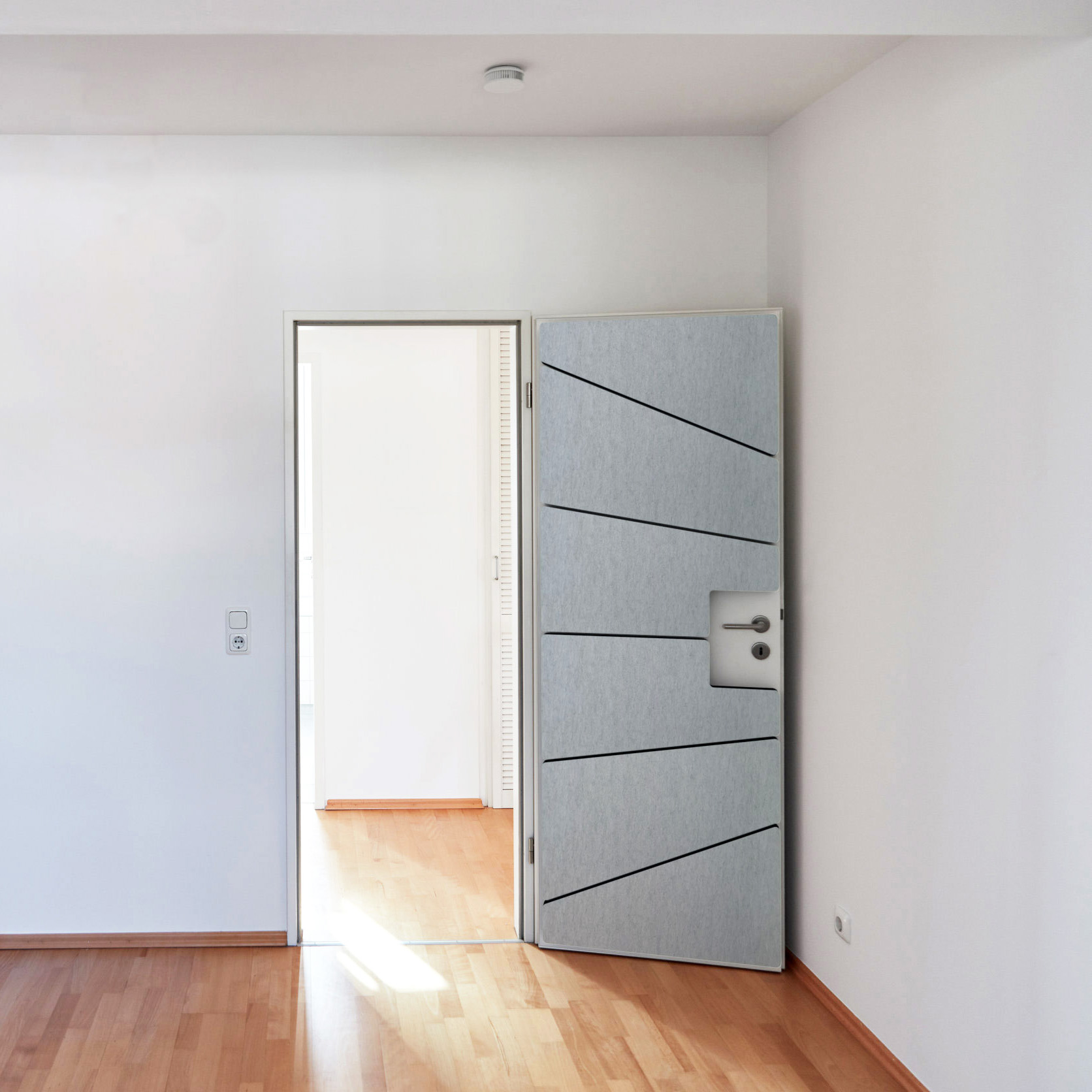
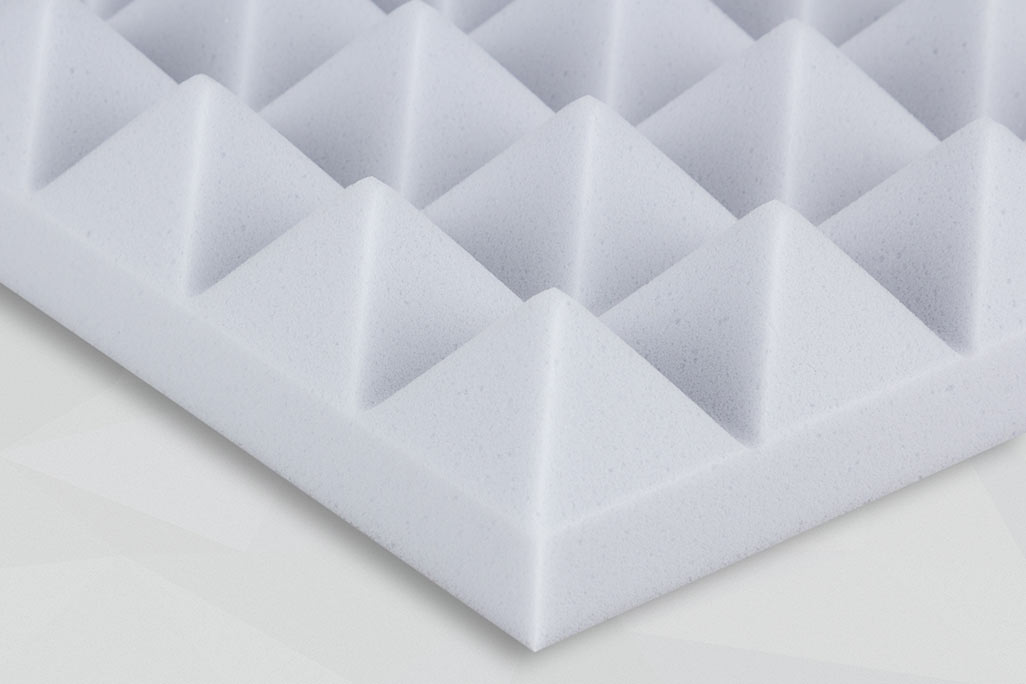
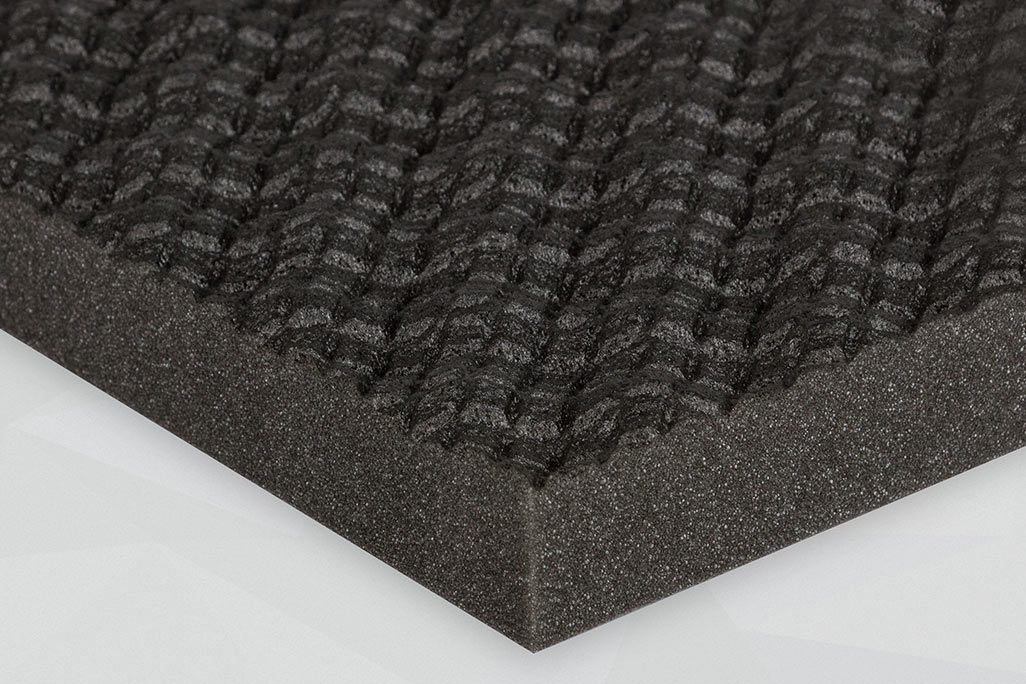
Installation
On request, nearly all our products can be delivered with self-adhesive rear faces, enabling easy, clean and time-saving installation – perfect for retrofit applications in rooms that are already in use.
Noise control
Thanks to their open-cell structure, our noise protection materials absorb sound waves and effectively attenuate bothering noise. A satisfactory result can already be achieved by lining 30 to 50 % of the ceiling and wall surfaces.
Fire protection
Many of our noise-control products are classified as flame-retardant according to DIN 4102 or DIN EN 13501. Please contact your local authorities in advance for information about the required fire protection class.

Why is the sound-conditioning of recording studios such a challenge?
Not only large, professional recording studios need adequate soundproofing. Small home studios, too, will benefit enormously from targeted sound insulation that minimizes disruptive background noise from the outside, and also from other acoustic measures that improve sound quality. At the same time, it is just as important that the neighbors are not bothered by any sounds coming from the studio. Most people who have been or still are active musicians, will probably have used egg crates for this purpose. But is that really a good solution?
The acoustic optimization of a recording studio is not only a question of the materials selected, but also of specialized know-how. The challenge is to acoustically insulate and dampen the recording studio in a way that achieves optimal acoustics without compromising the aesthetics of the room. When it comes to that, old egg cartons certainly aren’t the material of choice.Experts’ tip: If you need materials that do not only meet the acoustic requirements, but are also fire-retardant, soniflex is the right place for you to look. Many of our products have been tested to DIN 4102 or DIN EN 13501-1 building standards and are classified as flame-retardant. Always with the aim of ensuring safety in your recording studio.
With soniflex, you can rely on a partner who is familiar with the requirements of recording studios in terms of effective soundproofing and excellent acoustics. With innovative products, customized solutions and a wealth of expert know-how, we support you in successfully sound-conditioning your music studio. Our soniflex room acoustics app can be a great help. The app makes it easy for you to measure the reverberation on site with your smartphone. In a second step you can select the suitable materials in the right quantities from a list of suggestions and order directly from our web shop.
How to limit sound transmission to the outside
To reduce the transmission of sound from the recording studio to the outside, we recommend constructing a curtain wall lined with sound-absorbing material - such as our soni COMPOSITE. The heavy layer that forms the base of soni COMPOSITE creates a so-called "sound dam" that prevents the sound waves from passing. The second layer of soni COMPOSITE consists of a foam that improves the acoustic conditions in the room. This combination solution creates a perfect recording environment that is free from interfering noise.
If you do not have the space or the time for this more elaborate solution, we suggest acoustic materials that are simply fixed to the ceilings and walls and also lead to significant acoustic improvements. Our napped foamsoni WAVE, for example, provides great results in this context. With its wavy surface the foam looks a bit like the famous egg crates, but in terms of visual appeal and acoustic effectiveness soni WAVE is clearly the superior solution by far. Another advantage of soni WAVE is that it is very easy to install using our soni SPECIAL ADHESIVE or alternative fastening materials. Details about installation methods etc. are available in our Accessories section.
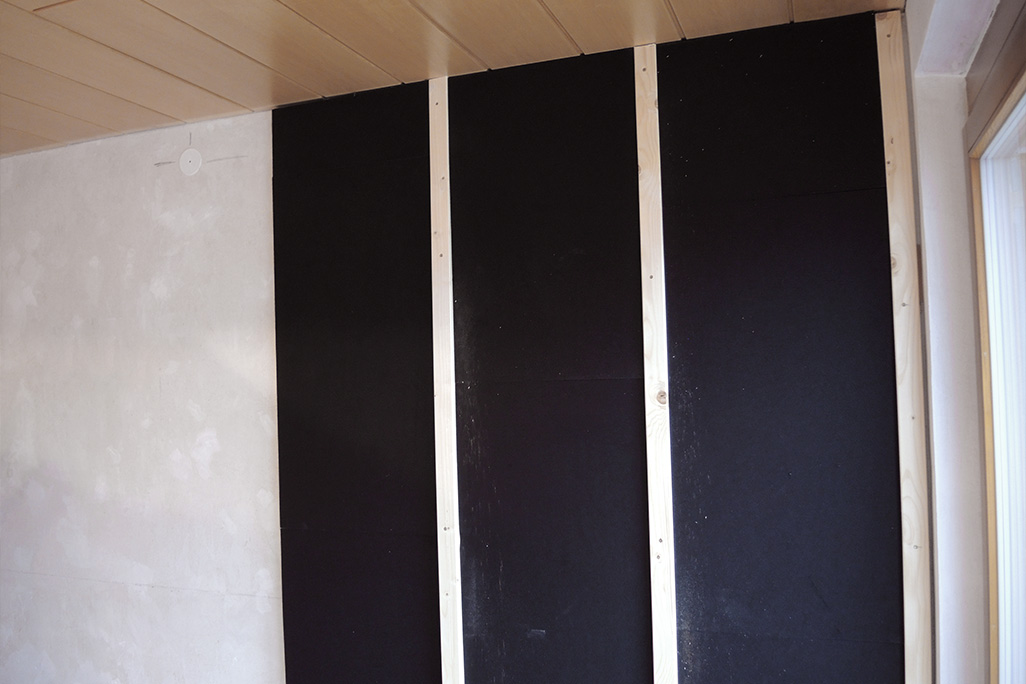
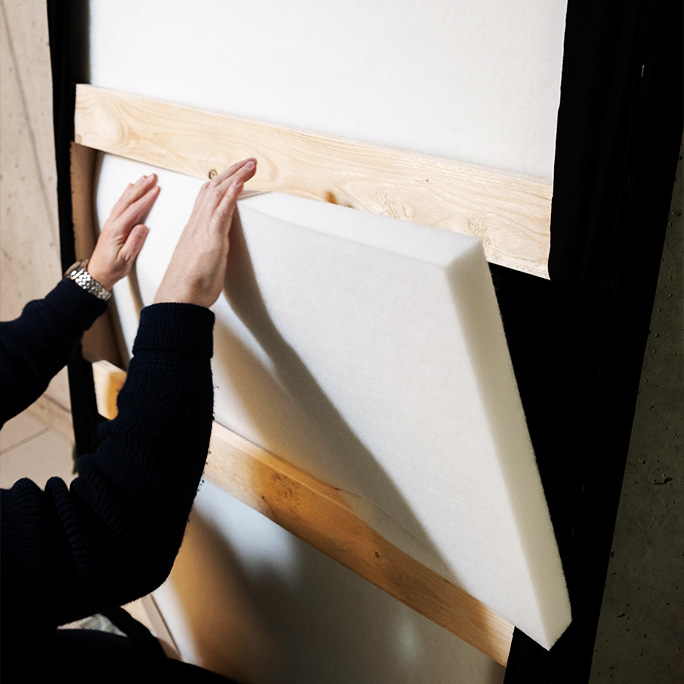
Main reasons why you should opt for soniflex
High-quality materials and expertise are needed to acoustically optimize a recording studio. By choosing soniflex, you are opting for one of the leading manufacturers of sound insulation and sound absorption products. Our high-quality products provide you with the right solution to tackle the acoustic challenges of your recording studio.
Your benefits of choosing soniflex:- High-quality acoustic products based on foams, melamine and non-wovens and specially developed for the requirements of sound conditioning solutions
- Customized components that are exactly tailored to the conditions in your studio
- Aesthetically pleasing materials that are easy to install
- Products that comply with safety and fire protection rules and regulations
- Short delivery times, fast quote preparation and order processing
Choosing soniflex products means opting for high quality, efficiency and decades of experience. Let's work together to efficiently meet the challenges of soundproofing and acoustic optimization together and turn your studio into a place where you can make first-class sound recordings.

